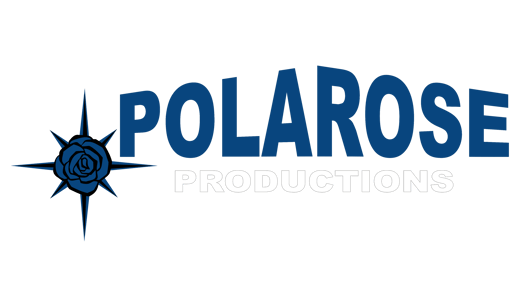The Pros and Cons of Social Media vs. Traditional Marketing for Your Business
Marketing is essential for any business, but choosing the right strategy can be challenging. Should you go with social media marketing or stick to traditional methods? In this guide, we’ll compare both approaches, breaking down their benefits and drawbacks to help you determine the best way to promote your business.
2/8/20252 min read


Social Media Marketing vs. Traditional Marketing: Which is Right for You?
Marketing is the backbone of any business, but in today’s digital world, the debate between social media marketing and traditional marketing is more relevant than ever. Each method has its strengths and weaknesses, and the best choice depends on your business goals, target audience, and budget.
Let’s explore the key differences between the two:
Social Media Marketing
Social media marketing involves using platforms like Instagram, Facebook, TikTok, and LinkedIn to promote your brand, engage with audiences, and drive sales.
Pros:
✔ Cost-effective: You can start with little to no budget and still reach a wide audience.
✔ Instant engagement: Social media allows direct interaction with customers through comments, messages, and live streams.
✔ Targeted advertising: Platforms like Facebook and Instagram offer advanced targeting options to reach specific demographics.
✔ Viral potential: Good content can be shared widely, giving your brand exponential exposure.
✔ Real-time analytics: Track performance instantly and adjust your strategy based on real-time data.
Cons:
✖ Time-consuming: Managing multiple platforms requires consistent effort and content creation.
✖ Shorter lifespan: Social media posts have a limited time window for engagement before they get buried in feeds.
✖ Platform dependency: Algorithm changes can impact visibility and reach.
✖ High competition: With millions of businesses on social media, standing out can be challenging.
Traditional Marketing
Traditional marketing includes methods like TV and radio ads, print media, billboards, flyers, and direct mail.
Pros:
✔ Wider audience reach: Ideal for targeting older demographics or people who don’t use social media.
✔ High credibility: Established marketing methods like print ads and TV commercials build brand trust.
✔ Longevity: A billboard or magazine ad can stay visible for weeks or months.
✔ Less reliance on technology: No need to worry about social media trends or platform changes.
Cons:
✖ Expensive: Traditional marketing often requires a high budget for ad placements and production.
✖ Limited engagement: Unlike social media, it doesn’t allow direct interaction with audiences.
✖ Difficult to track results: Measuring the success of a print ad or TV commercial can be challenging.
✖ Less flexibility: Once an ad is printed or aired, it can’t be easily changed.
Which Marketing Strategy is Best for You?
The best approach depends on your business type, budget, and target audience.
If you have a small budget and want to reach a younger audience, social media marketing is a great choice. It allows for direct engagement, targeted ads, and real-time analytics.
If you’re targeting an older audience or want to build credibility, traditional marketing can be more effective. TV, print, and radio ads can establish a professional presence.
For the best results, combine both approaches. A mix of social media engagement and traditional marketing methods (e.g., using flyers or local sponsorships) can maximise reach and impact.
Final Thoughts
Both social media and traditional marketing have their place in today’s business world. The key is to understand your audience, budget, and business goals to choose the right strategy. If possible, using a combination of both can provide the best results, ensuring maximum exposure and engagement for your brand.
Polarose Productions is a full-service film and video production company based in South London, bringing visions to life for individuals and businesses with creativity, expertise, and end-to-end support.
Email: contact@polarose.uk
Tel: 02080505788
© Polarose Productions Ltd. 2025. All rights reserved.


